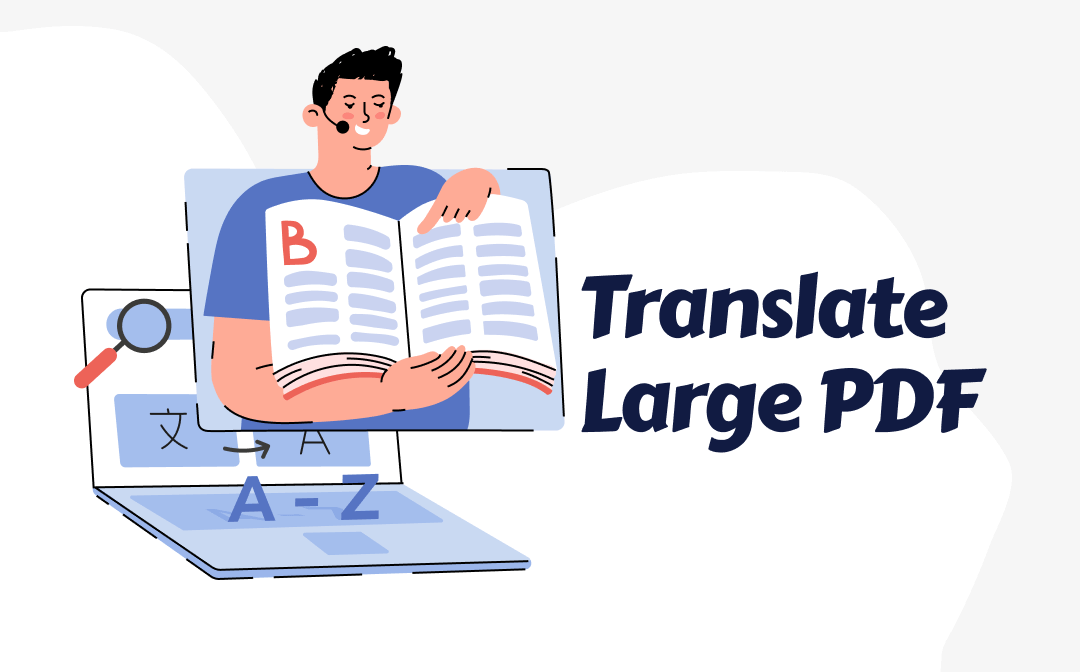
Translating large documents—like technical manuals, clinical evaluations, or regulatory dossiers—for medical devices involves a more strategic, multi-step process than smaller translations. Here’s how it typically breaks down:
🧩 1. Planning the Translation
✅ Scope the Project
- Identify which parts require translation (sometimes only certain sections are mandatory for regulators).
- Confirm target languages and regulatory expectations in each country.
✅ Assess Document Format
- Is it in Word, PDF, XML, InDesign, etc.?
- Decide how to extract text efficiently (especially if it’s embedded in non-editable formats or diagrams).
✅ Establish a Translation Workflow
- Choose a Translation Management System (TMS) or a Language Service Provider (LSP).
- Use translation memory (TM) and glossaries to maintain consistency and reduce cost/time.
⚙️ 2. Translation Process
🔁 Translation + Review Cycle
- Step 1: Initial Translation by subject-matter experts.
- Step 2: Review by second linguist or editor (ISO 17100 requires this).
- Step 3: QA Check using tools like Xbench, Verifika, or QA Distiller.
- Step 4: In-Country Review (Optional) to ensure cultural and technical accuracy.
🧪 Back-Translation (if required)
- Sometimes requested by regulators or for critical content (e.g., patient safety info).
🧾 3. Certification (If Needed)
- Include a signed certificate of translation accuracy if required.
- For legal or regulatory documents, this may be essential.
🧰 4. Tools That Help With Large Documents
- CAT Tools (Computer-Assisted Translation)
Examples: SDL Trados, memoQ, Memsource
Benefits: Reuse repeated content, manage terminology, and segment long texts. - Translation Memory (TM)
Saves time and cost for future updates. - Glossary/Terminology Management
Standardizes complex medical terms to avoid inconsistency.
🧠 Tips for Large Medical Document Translations
- Lock non-translatable content (e.g., codes, formulas, trademarks).
- Split the work across multiple translators only if TM and glossary use is well coordinated.
- Manage version control—track revisions carefully to ensure translated content matches source updates.
- Allow time for layout/DTP if the translation affects formatting (especially for PDFs, InDesign files).
Common Large Documents in Medical Device Translation:
- Clinical Evaluation Reports (CERs)
- Risk Management Reports
- User Manuals / Technical Manuals
- Design Dossiers / Technical Files
- Instructions for Use (IFUs)
- Regulatory Submissions
Want help with a strategy for a specific large document or workflow? TDN Translation can also help design a checklist or timeline tailored to your document type and destination country.

